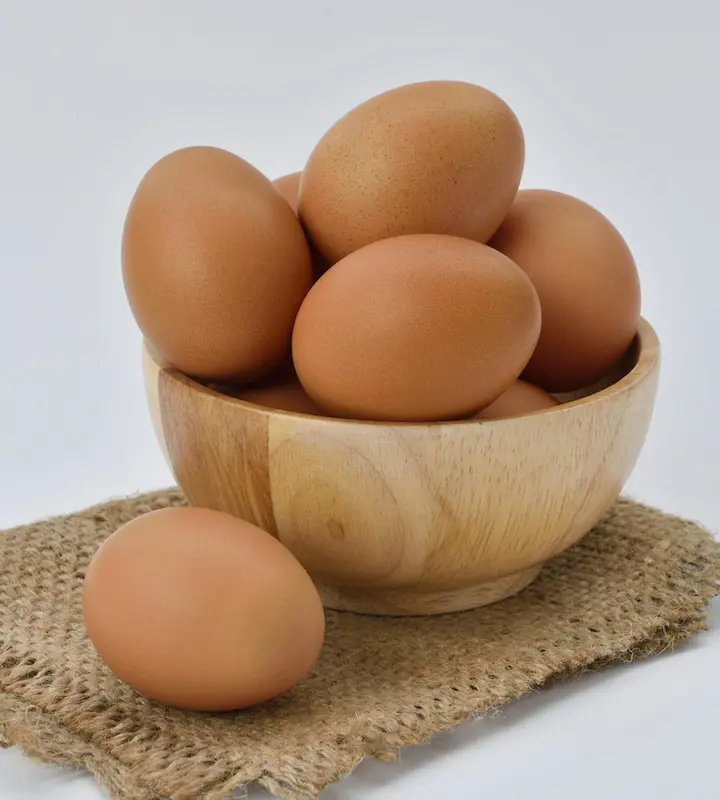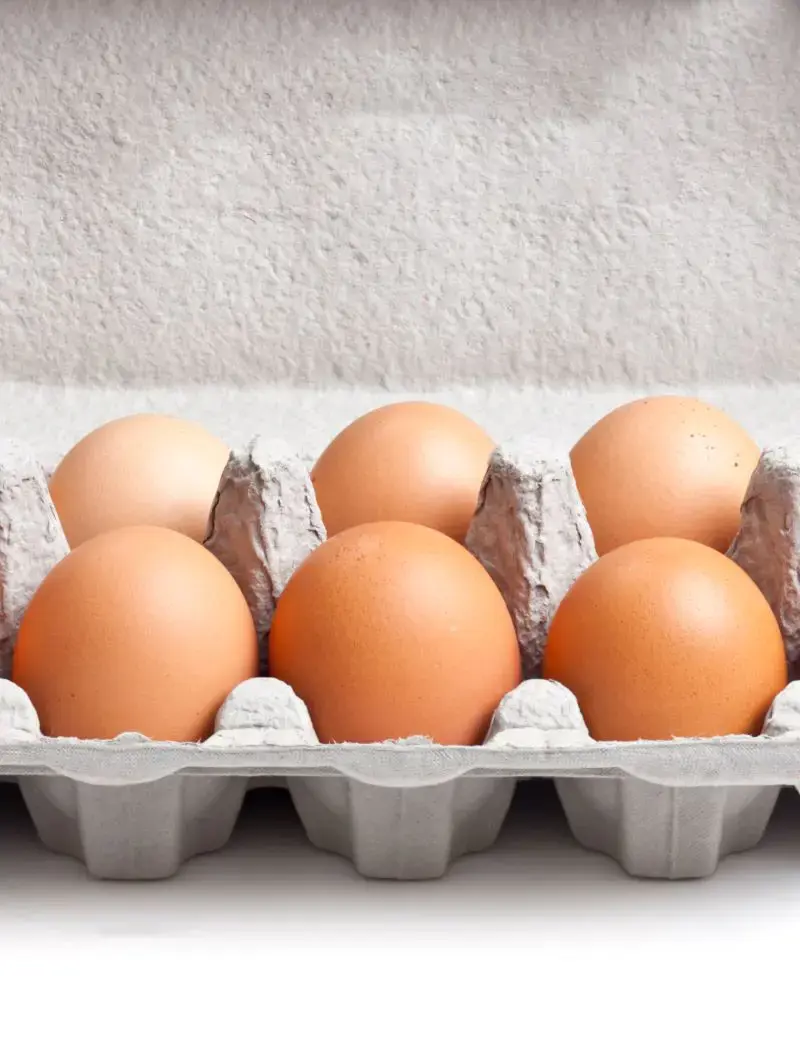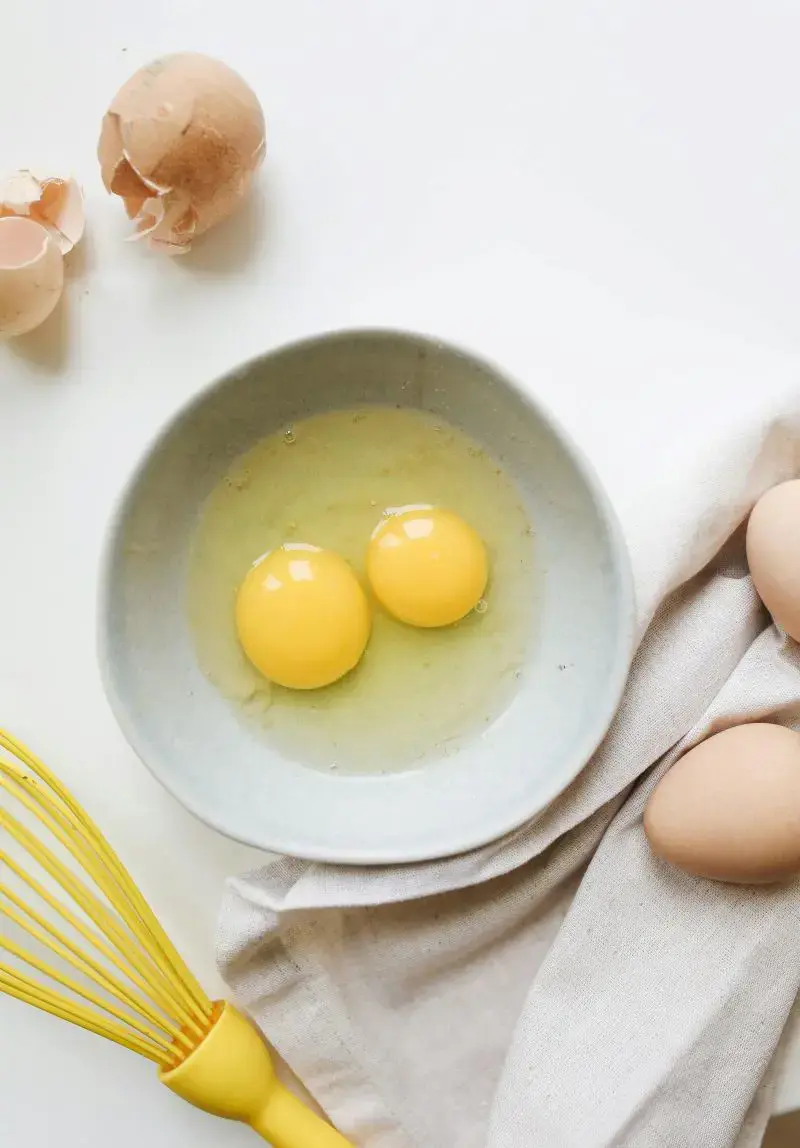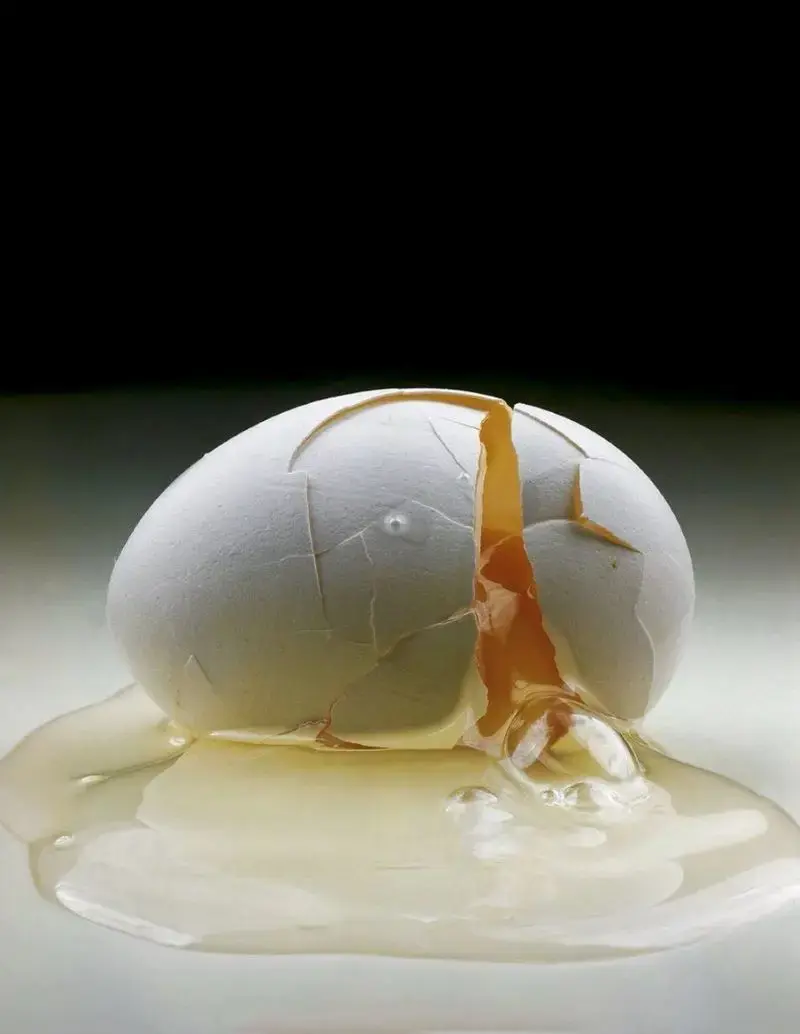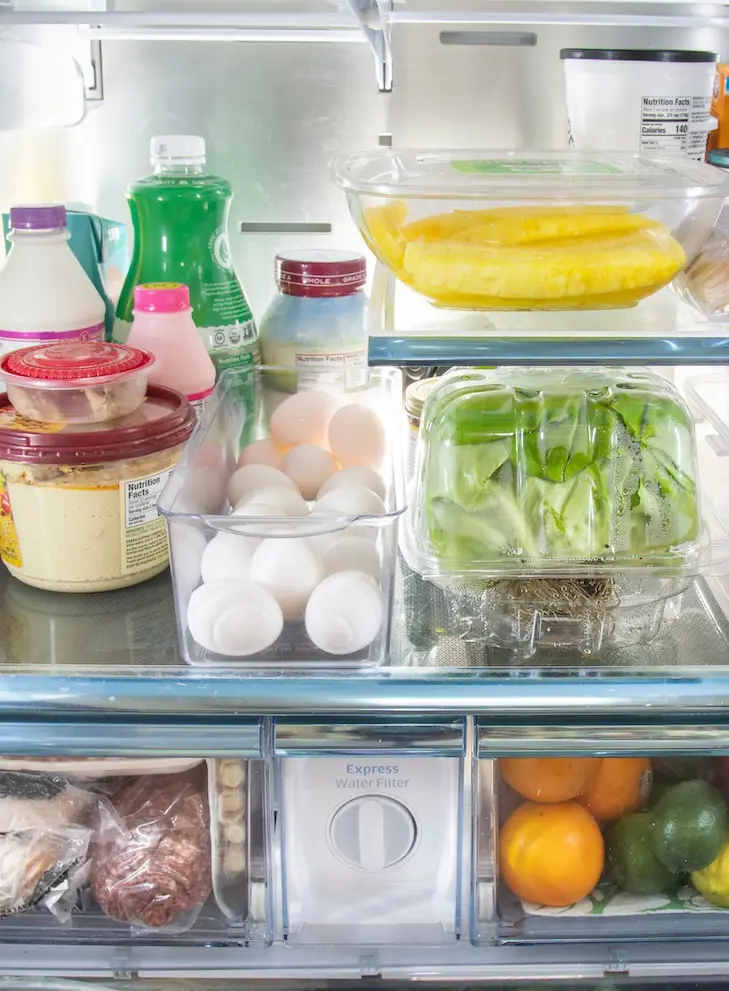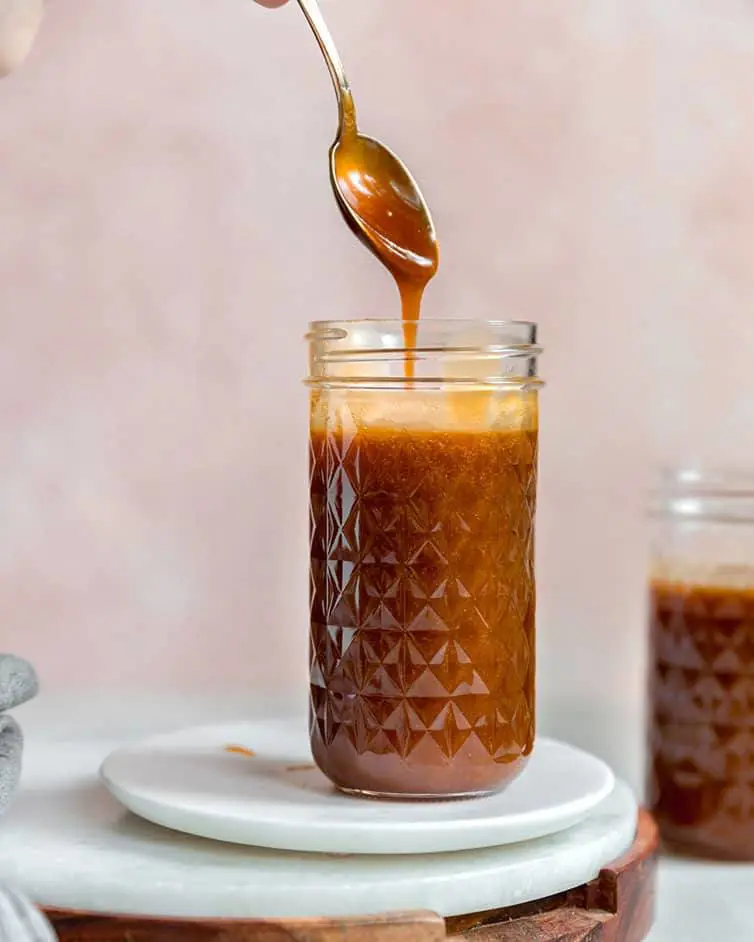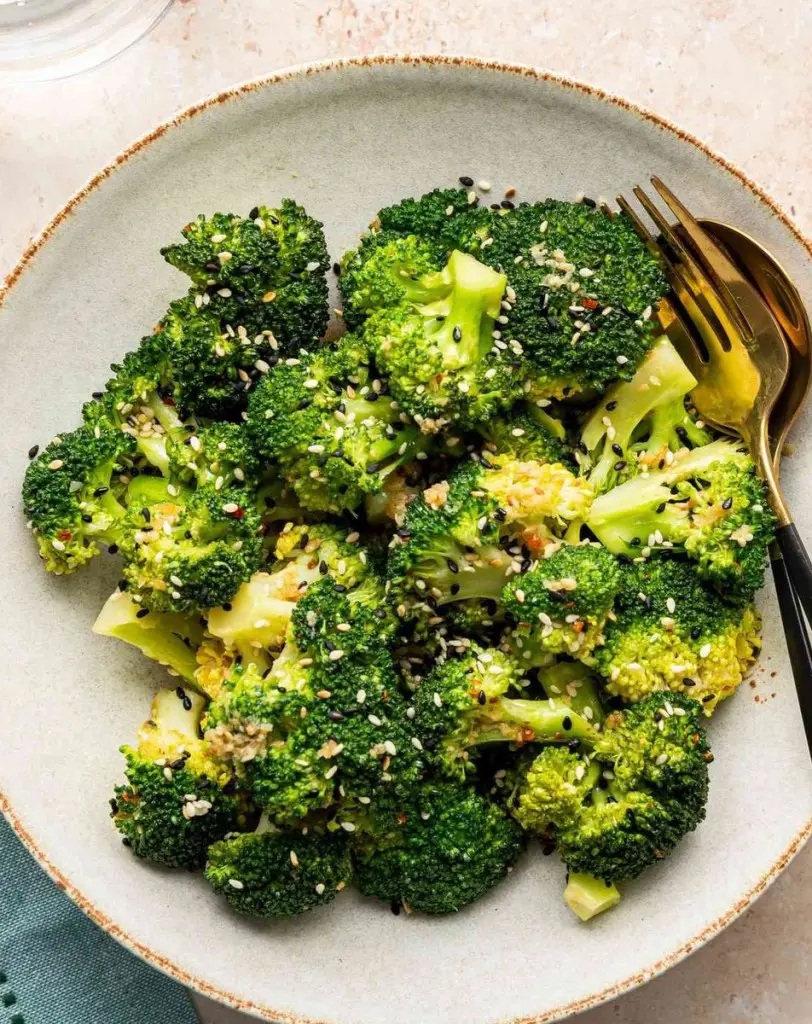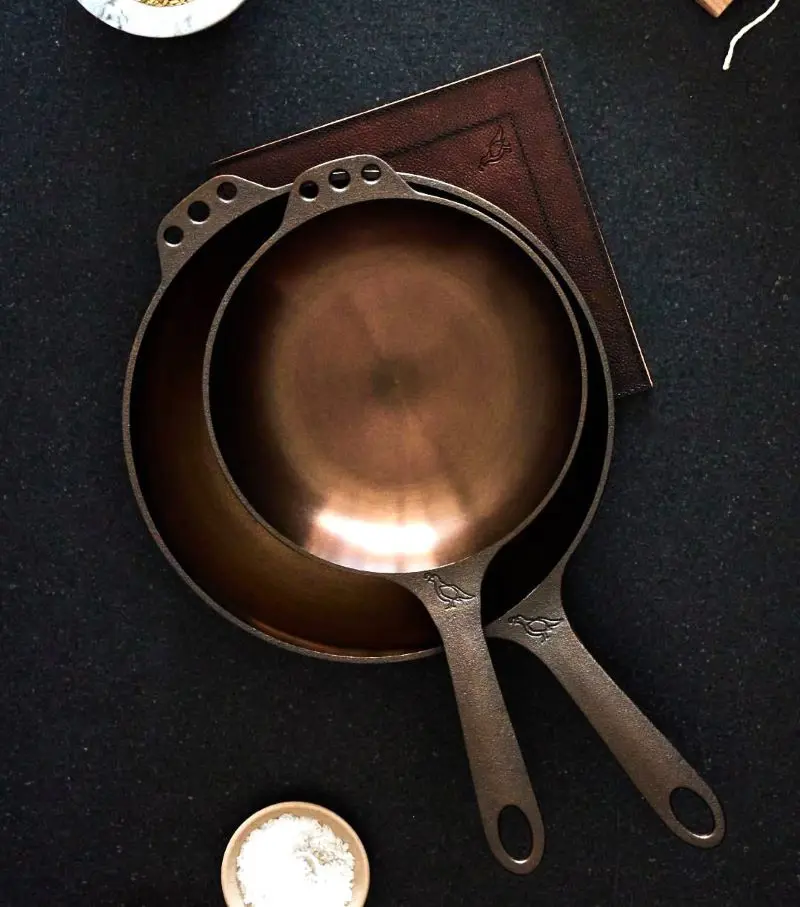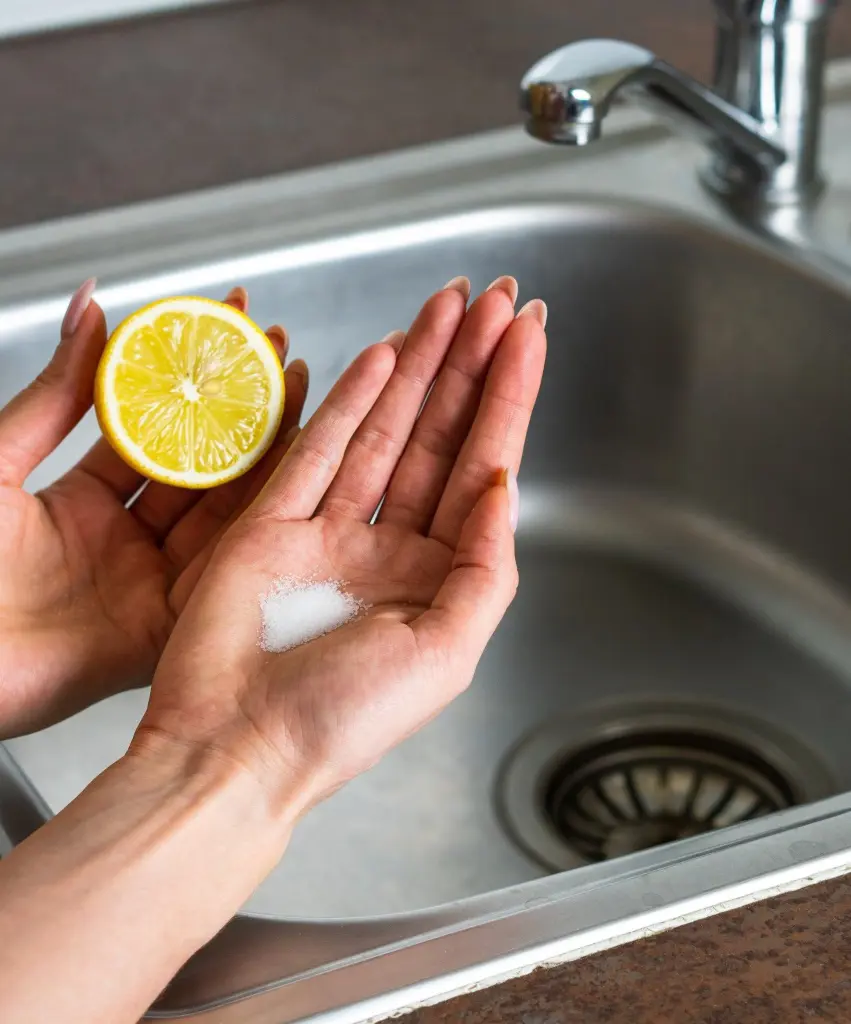Do A Float Test
The float test is the way to go to figure out if your eggs have gone bad. This test is based on the principle that eggs have an air pocket inside. Since the egg shells are porous, the amount of air inside the egg increases over time.
So, an older egg will have more air as compared to the newer ones. As time passes, the air inside becomes sufficient enough for the egg to float on water.
How To Test Eggs In Water
To perform a float test, here is what you need to do:
- Take any bowl or large container that can handle the eggs you need to check. Add cold water to it, just enough that the eggs get completely submerged in it.
- Gently place the eggs into the water of the container one by one. Carefully avoid cracking the eggshell.
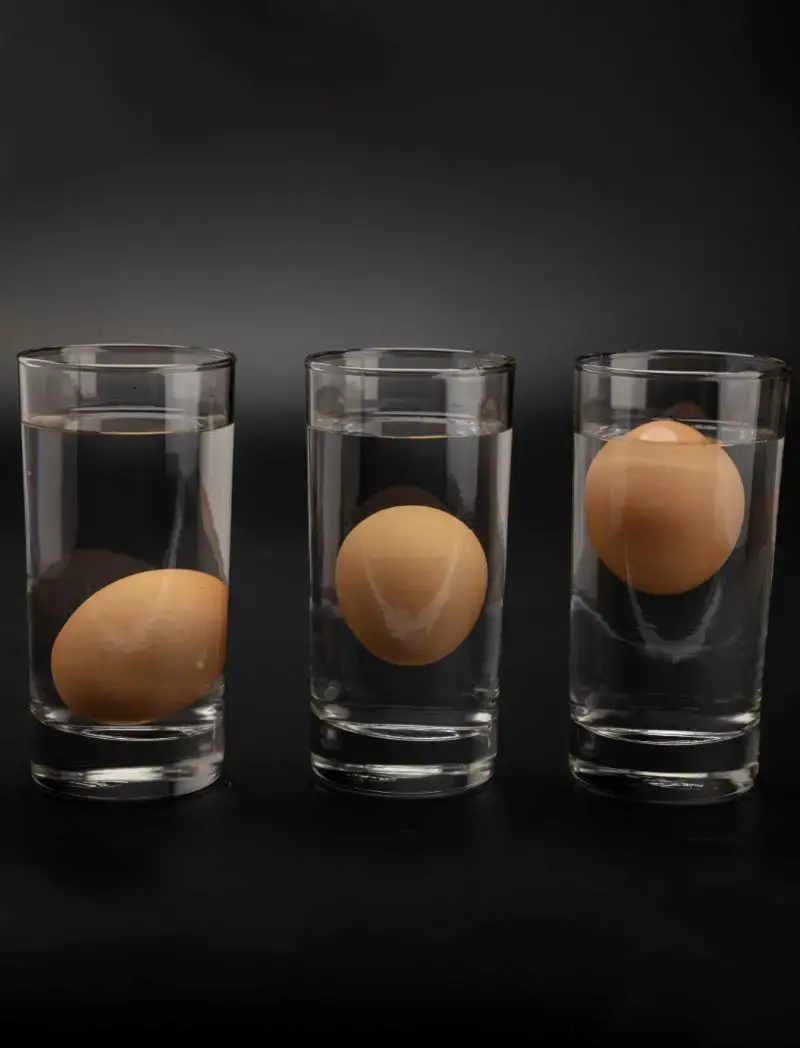
Observe the Eggs:
Fresh Eggs: If the eggs are fresh, they will sink to the bottom of the container and lie flat on their sides.
Slightly Older Eggs: Eggs that are still good to eat but not as fresh will stand upright on the bottom of the container. The narrower end will be pointing down and the broader end pointing up.
Old Eggs: Eggs that float to the top of the water are not fresh anymore. This is because the large air cell inside the egg makes it buoyant enough to float, in which case the egg should be discarded and not considered fit for eating.
Is the Float Method Accurate?
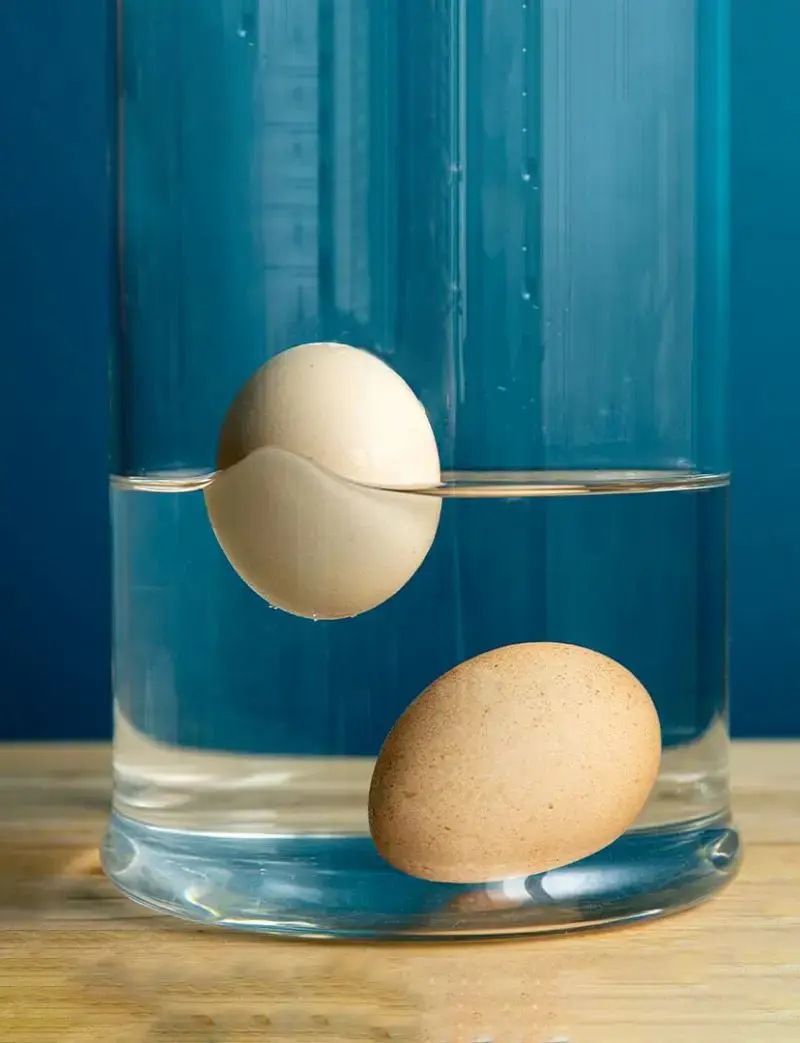
The float method is a reliable check for freshness, but it does not indicate whether the eggs are good or bad. Just because an egg is old, it does not mean it is unfit to eat.
Some chefs like to use older types of eggs when it comes to various baking recipes. A float test is recommended as it tells how permeable the shell of an egg is. Permeable eggshells tend to absorb water which then increases the chance of bacterial growth within the eggs.
